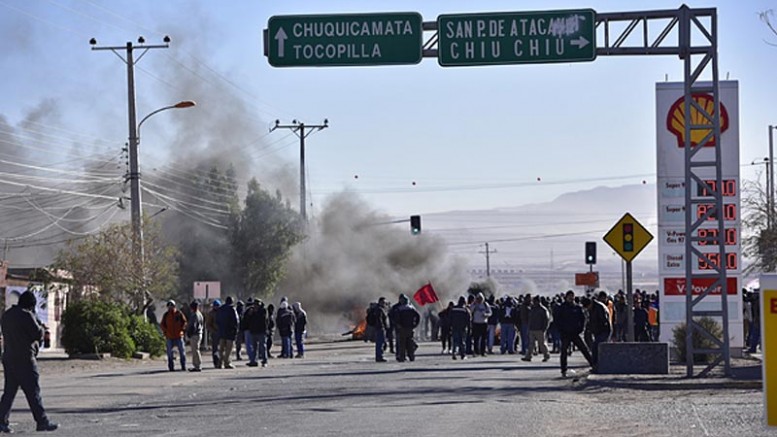With Cesco Week’s World Copper Summit — the world’s largest annual gathering of copper miners and traders — coming to a close on April 3 in Santiago, Chile, attendees have endured the opposite of the “PDAC effect” often seen in gold prices.
Cesco attendees gritted their teeth as copper prices plummeted the largest single-day drop in a month in early April and emphatically reversed a three-month rally. At press time, spot copper prices are sinking below US$2.16 per lb., with US$2 beckoning and no bottom yet in sight.
By the end of Cesco Week, the four-year downturn in copper was starting to look a lot like at least a five-year slump, with more tough times and decisions ahead.
In another sign of the times, Cesco cancelled its copper exploration conference on the final Monday, leaving Robert Friedland’s Ivanhoe Mines to stand as one of the week’s few compelling copper exploration stories.
The copper prices above US$4 per lb. enjoyed in 2011 are a fading memory, but the massive mine-production capacity built up in the intervening years is a price-killing nightmare miners live with daily, although for now they prefer to address it with top-to-bottom cost-cutting, rather than the outright production cuts that might better support copper prices.
After rallying in tight correlation with oil prices for the past two months, copper prices have also diverged sharply from oil prices since the end of March, sinking towards US$2 per lb., even as oil soars past the US$40-per-barrel mark — further bringing the pain to any copper miners with significant diesel costs.
While most copper-market watchers keep a close tab on Chinese warehouse levels — which have swelled to hold US$2-billion worth of the red metal on rising imports — few have full explanations for the record-high build-up in a country that accounts for half of all copper consumption.
Some argue that weak industrial copper demand in China is causing an inventory build-up within the country’s borders, while others say Chinese smelters want to keep prices low for their short-term financial benefit.
A third argument by Barclays analyst Vivienne Lloyd, cited by Financial Times, is that there has been a resurgence in China of loans using physical copper as collateral, except this time with smaller players than those involved in the copper-backed borrowing misadventures in 2014 that distorted the market, when much physical copper was being pledged as collateral multiple times over.
Pretty much all copper-market prognosticators see Chinese copper demand slowing in the coming year, and so the question becomes: “By how much?” According to FT, consultancy CRU was among the most bearish presenters at the summit — despite its host role — predicting Chinese copper demand growth of only 0.6% in 2016, compared to a 3.8% growth last year.
This grim outlook hits particularly hard in Santiago, the global centre of copper mining and corporate headquarters of state-owned Codelco, which is the world’s largest copper miner.
Chile lost 23,000 jobs in the copper sector last year alone, or 10% of the copper-mining workforce, with Codelco the largest job-shedder, despite its political sensitivity as Chile’s flagship public corporation and number-one export earner.
Indeed, Codelco tabled a pre-tax loss of US$2.2 billion in 2015, compared to a US$3.1-billion profit the year before.
Reflecting its deepening caution, Codelco has just abandoned an early-stage plan to build the US$3-billion Rajo Inca copper mine in its El Salvador division. Instead, it will likely expand the current Inca pit for a modest US$600 million.
Moody’s has downgraded its rating on Codelco, which may make it more expensive or politically difficult for the miner to advance its US$6 billion in capital investments planned over the next three years at Chuquicamata, El Teniente, Andina and Radomiro Tomic.


Be the first to comment on "Editorial: What happened to the copper rally?"